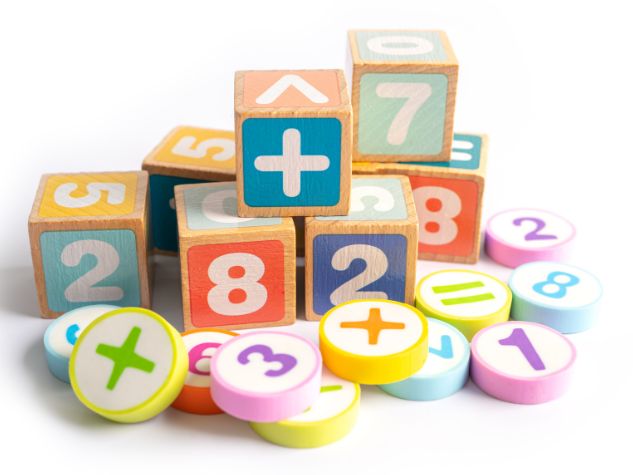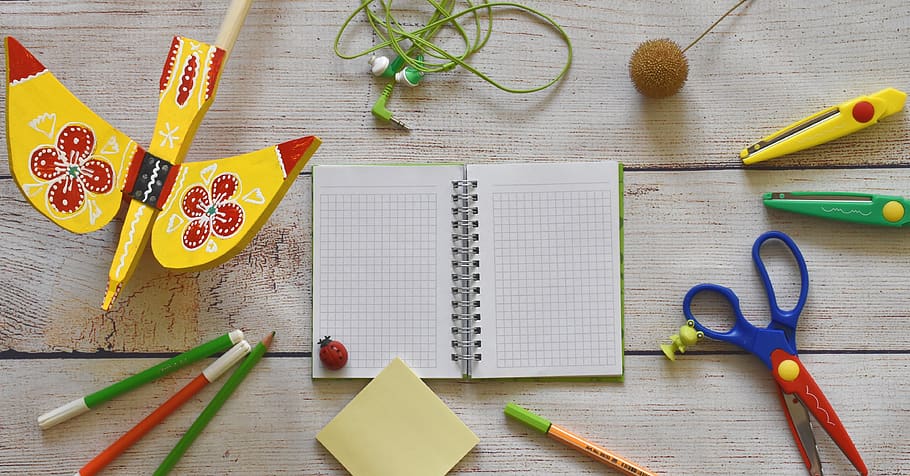The Whole Word Method for Teaching Reading to Children with Down Syndrome: A Practical Guide
Teaching reading to children with Down syndrome presents unique challenges, but with the right techniques, these students can learn to read and enjoy the process. One of the most effective methods is the “Whole Word Method.” This article explores what this method entails and how to implement it in the classroom or at home.
What is the Whole Word Method?
The Whole Word Method is based on the idea that children learn to recognize whole words as if they were images, rather than breaking them down into individual sounds. This approach leverages visual memory and pattern recognition, skills in which many children with Down syndrome often excel.
Benefits of the Whole Word Method
- Facilitates Word Recognition: Children learn to identify common and frequent words, boosting their confidence and motivation to read.
- Improves Comprehension: By recognizing entire words, children can focus on the meaning of the text rather than struggling with phonetic decoding.
- Increases Reading Speed: The ability to recognize words at a glance allows for more fluent and faster reading.
- Strengthens Visual Memory: This method utilizes the natural strength many children with Down syndrome have in visual memory and pattern recognition.
How to Implement the Whole Word Method
- Select Relevant Words: Start with words that are meaningful and familiar to the child, such as their name, names of family members, everyday objects, and favorite activities.
- Use Word Cards: Create cards with words written in large, clear letters. Use a font size that is easy to read and ensure the cards are visually appealing.
- Pair Words with Pictures: Initially, show the word along with a corresponding image to help the child associate the word with its meaning.
- Daily Reading Practice: Dedicate time each day to practice reading the word cards. Keep sessions short and frequent to maintain the child’s attention and interest.
- Repetition and Reinforcement: Repetition is key. Repeat the words multiple times and use positive reinforcement like praise and rewards to keep the child motivated.
- Gradual Progression: Once the child has learned a set of words, gradually introduce new words while continuing to review the known ones.
- Reading Phrases and Sentences: After the child has learned several words, start forming simple phrases and sentences. This helps contextualize the words and improves reading comprehension.
- Use Adapted Reading Materials: Books with pictures and large text, as well as materials specifically designed for the whole word method, can be very helpful.
Practical Examples
- Word Cards: You can make cards that say “mom,” “dad,” “dog,” “house,” “play,” etc. Ensure the words are in large, clear letters and initially pair them with corresponding images.
- Whole Word Books: Use books specifically designed for the whole word method. These books usually have repetitive structures and use words that the child can easily recognize.
- Word Games: Engage the child in games where they have to match words with pictures, arrange words to form sentences, or find words in a simple text.
Strategies for Parents and Educators
- Create a Print-Rich Environment: Label objects at home or in the classroom with their names. This increases the child’s exposure to written words and reinforces learning.
- Read Together: Read with the child every day. Point to the words as you read and encourage the child to do the same. This reinforces the connection between the written word and its pronunciation.
- Use Technology: There are apps and programs designed to teach reading using the whole word method. These tools can be a useful complement to traditional learning.
- Maintain a Positive and Patient Attitude: Every child learns at their own pace. It’s important to be patient and celebrate every small achievement, no matter how small.
The Whole Word Method is a powerful tool for teaching reading to children with Down syndrome. By focusing on visual recognition of whole words, this approach leverages the natural strengths of many of these children and can make the learning process more effective and enjoyable. With patience, consistency, and the use of appropriate strategies, children with Down syndrome can develop reading skills that will open up a world of possibilities and knowledge for them.


















